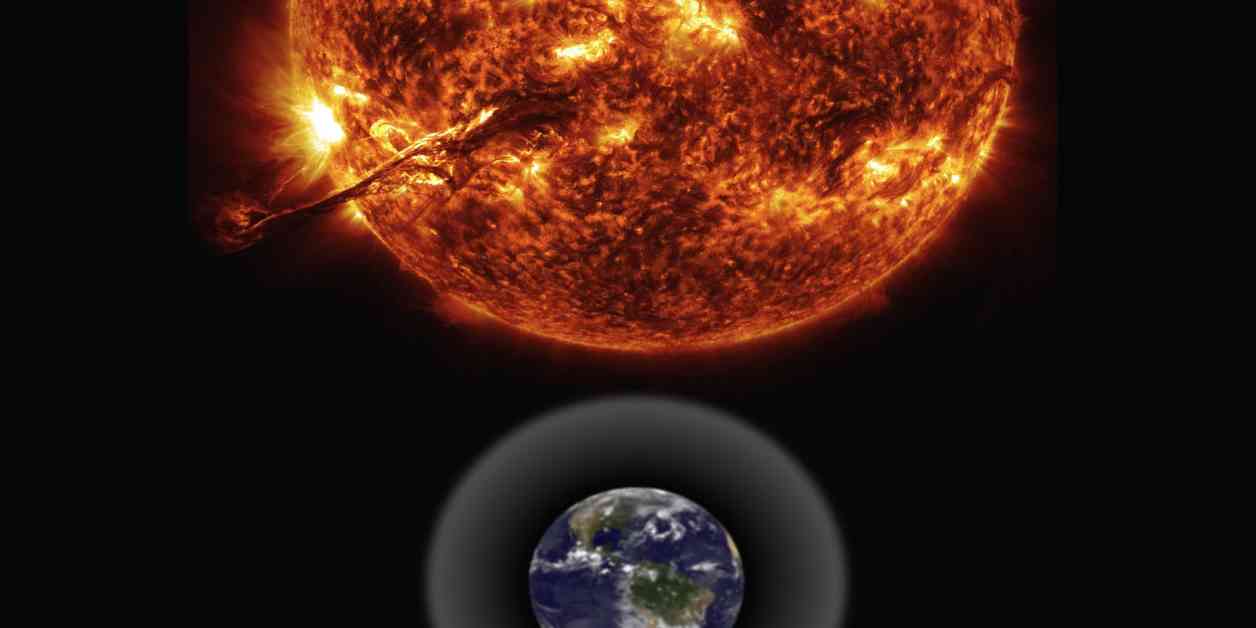The sun’s solar weather has caused several atmospheric events since entering its solar maximum phase on Oct. 15, according to NASA. This phenomenon happens about every 11 years as the sun’s shifting magnetic field flips, reaching its peak in the middle of the cycle. The excess solar flares and winds from the sun have wreaked havoc on Earth’s magnetic field, causing disruptions such as the burning up of three small Australian satellites in the Earth’s atmosphere sooner than planned.
Additionally, the solar activity has led to more frequent occurrences of the northern lights, also known as the aurora borealis. The sun, being a massive ball of electrically charged hot gas, produces a powerful magnetic field that undergoes an 11-year solar cycle, tracked by the rise and fall in the number of sunspots on its surface. Solar flares, plasma energy, and other types of space weather increase in tandem with the number of sunspots, causing bursts of energy and material from the sun’s eruptions to impact Earth’s atmosphere.
Scientists predict that the solar maximum, the next peak in solar activity, will occur between late 2024 and early 2026. As the solar maximum approaches, the northern lights are expected to become more intense and frequent. Monitoring the sun’s solar activity is crucial in predicting massive explosions that can shoot light, energy, and solar material into space, including solar flares and coronal mass ejections on the sun’s surface.
The fast-moving particles from solar eruptions can have various effects, such as damaging satellite equipment, changing high-frequency radio transmissions, and exposing astronauts and passengers in high-flying arctic planes to radiation. As the sun gets closer to the peak of its magnetic activity cycle, it emits more intense explosions, dark sunspots, plasma loops, and swirls of extremely hot gas.
In early October, Americans in the northern U.S. and even as far south as Alabama had the opportunity to witness the northern lights due to a severe geomagnetic storm caused by a solar coronal mass ejection. This storm prompted NOAA to issue a rare G4 geomagnetic storm watch, the first in 19 years for a storm classified as G4, just one level away from the most severe solar storm possible. The sun also emitted an explosive burst of radiation, the largest solar flare detected since 2017.
With NASA anticipating the solar maximum to continue into 2025, aurora chasers should have plenty more opportunities to witness the northern lights. As the sun’s solar activity continues, the impact on Earth’s atmosphere and magnetic field will be closely monitored to predict and prepare for potential disruptions and phenomena.













